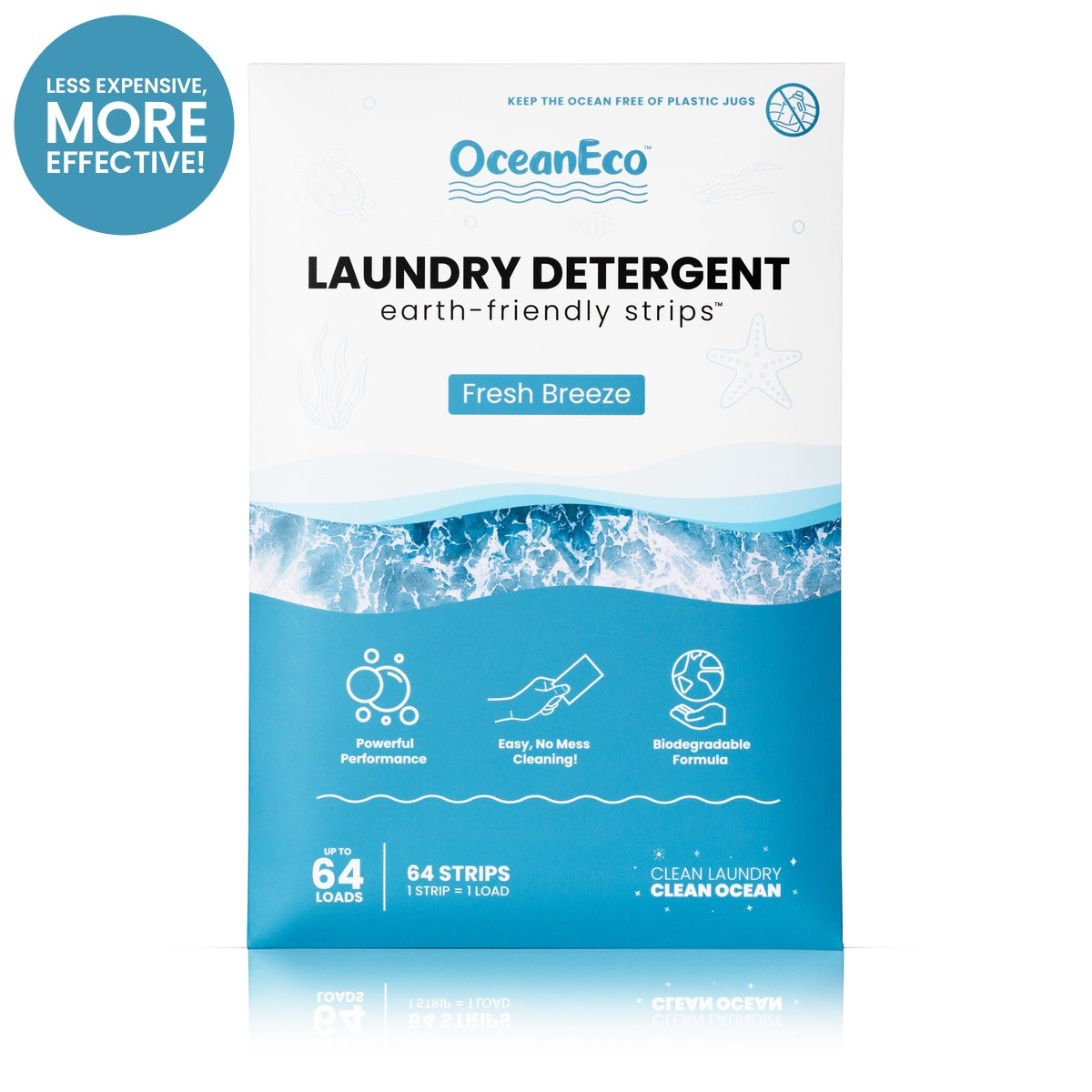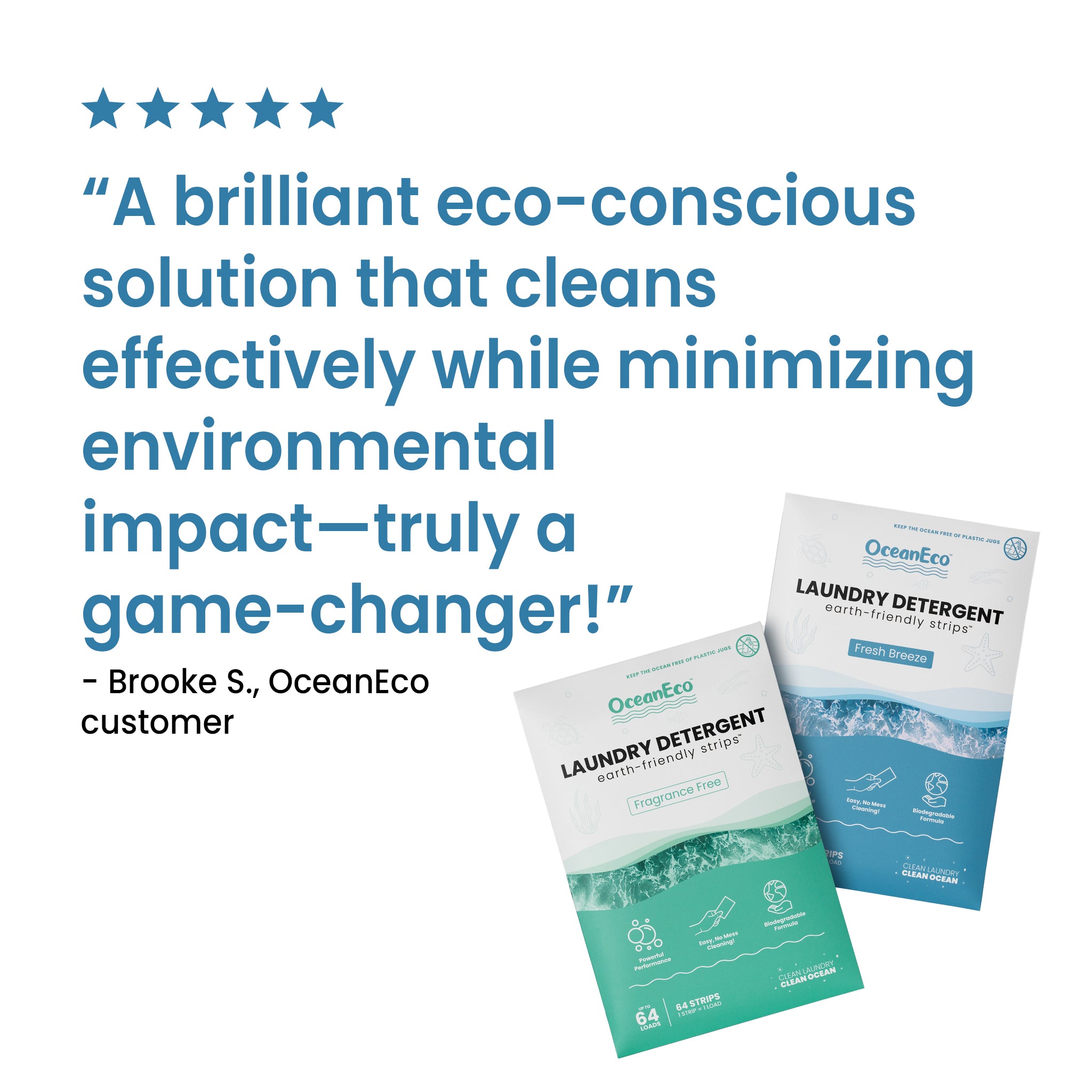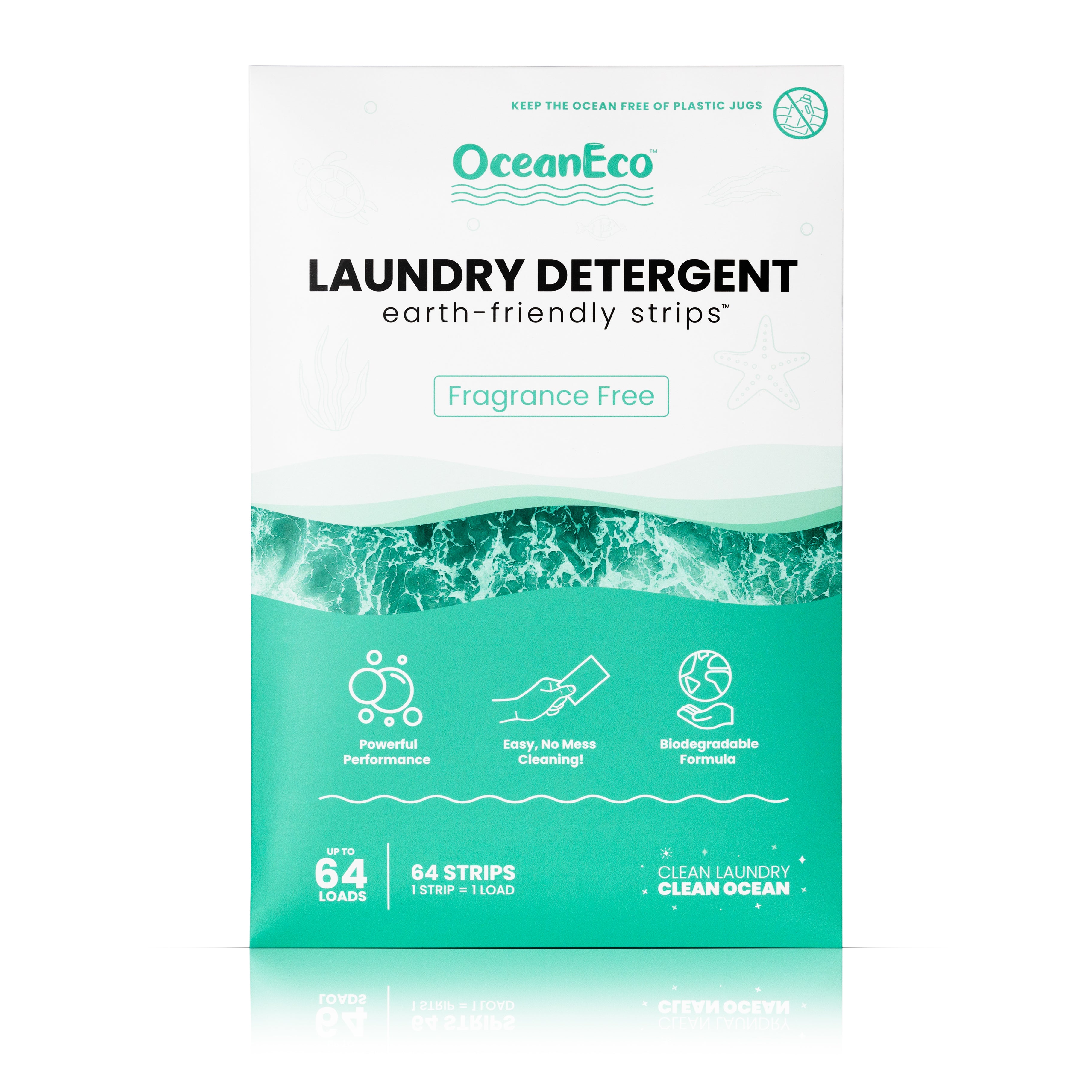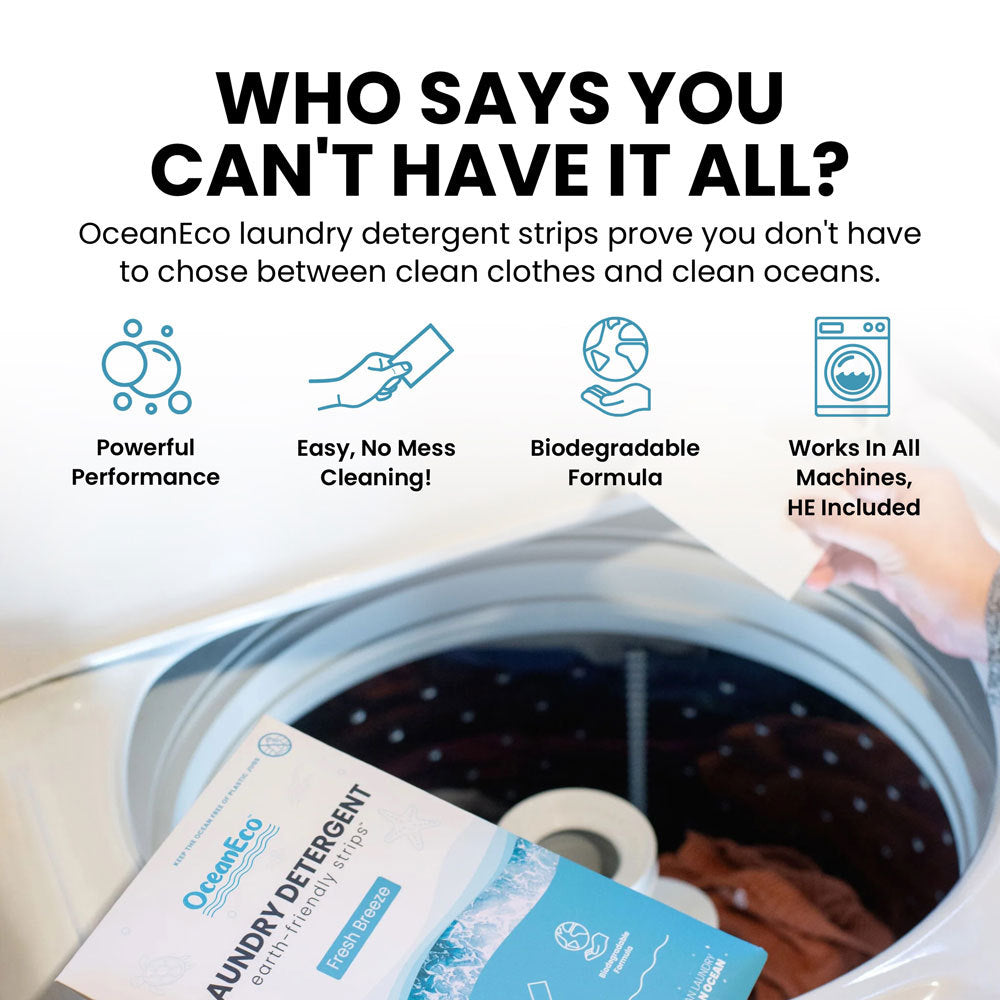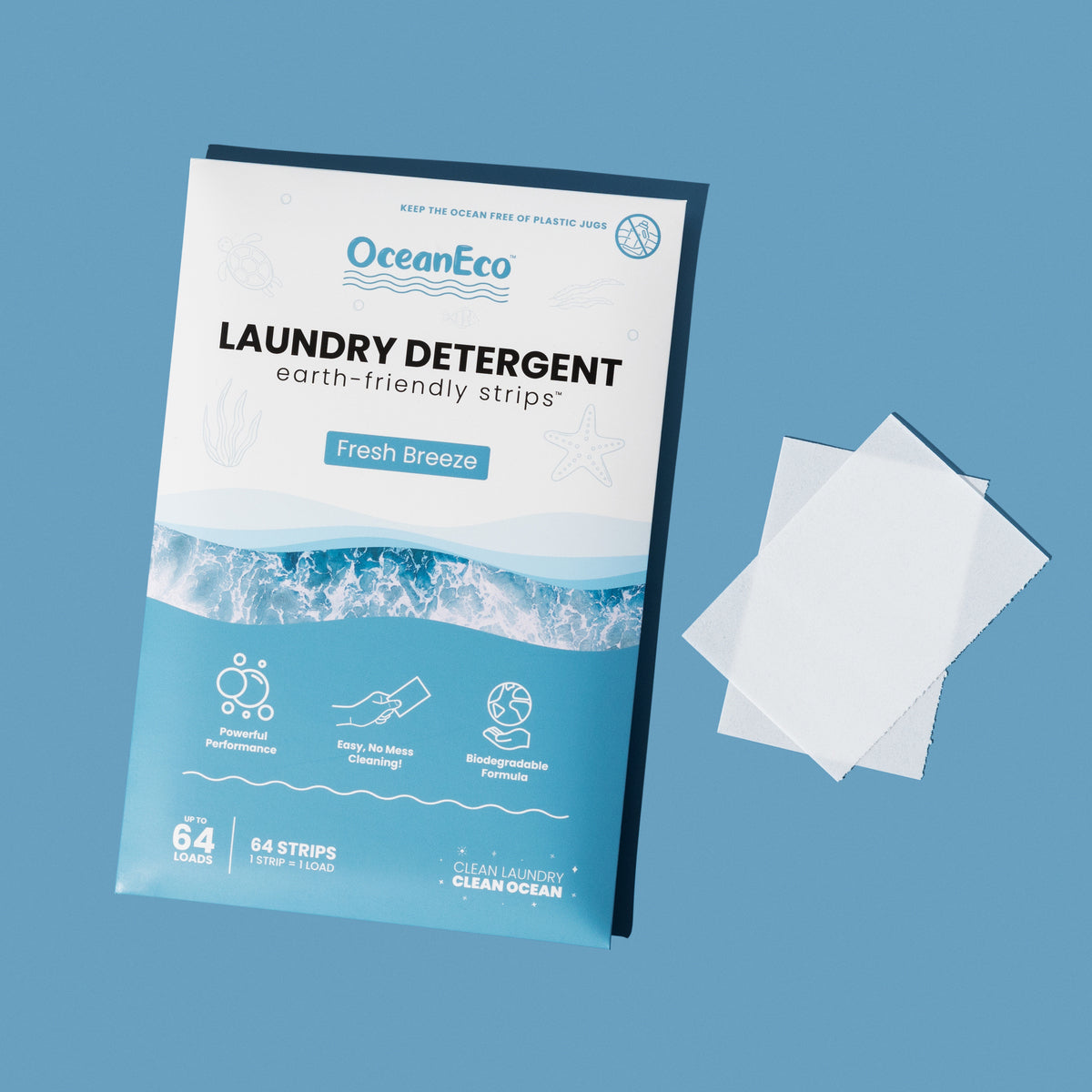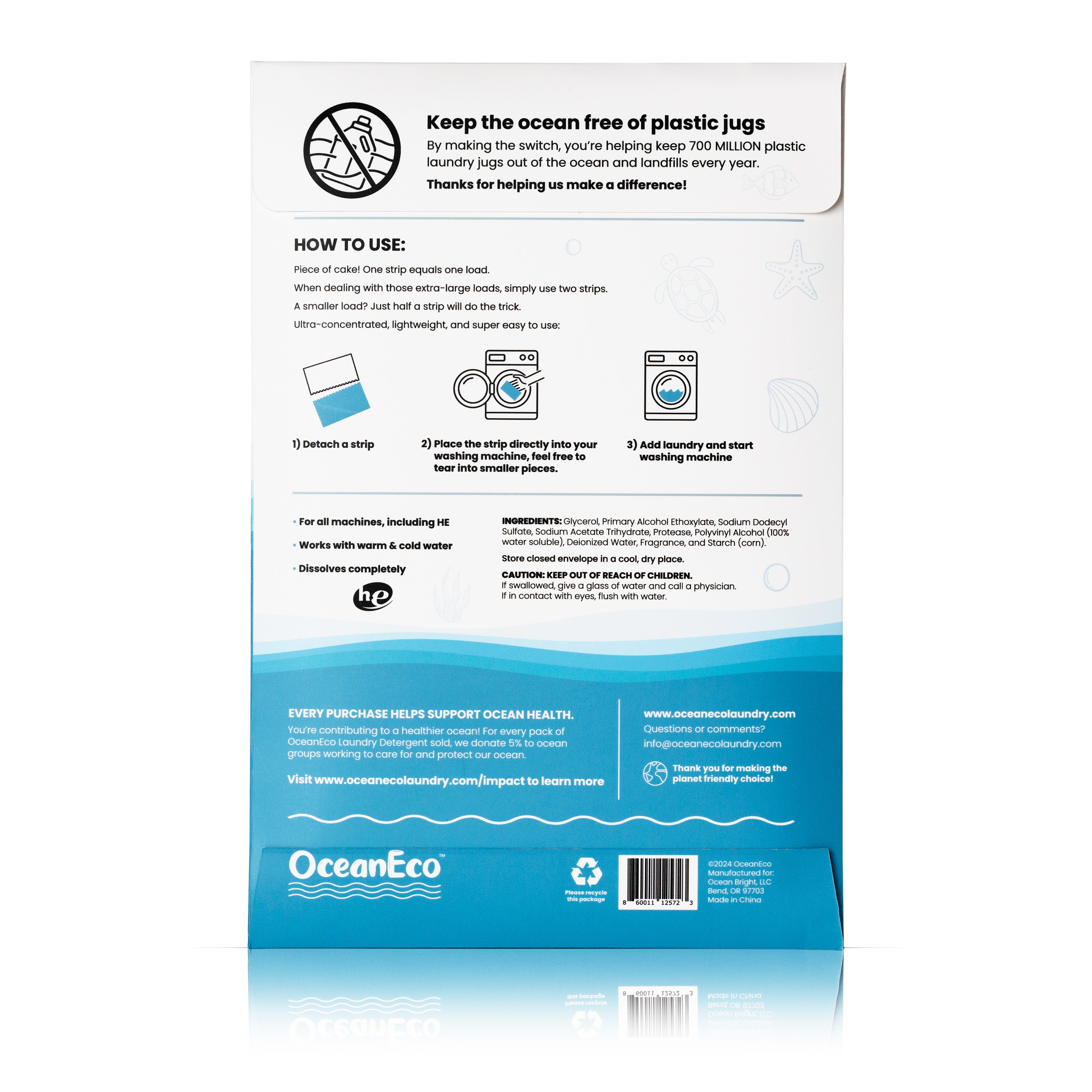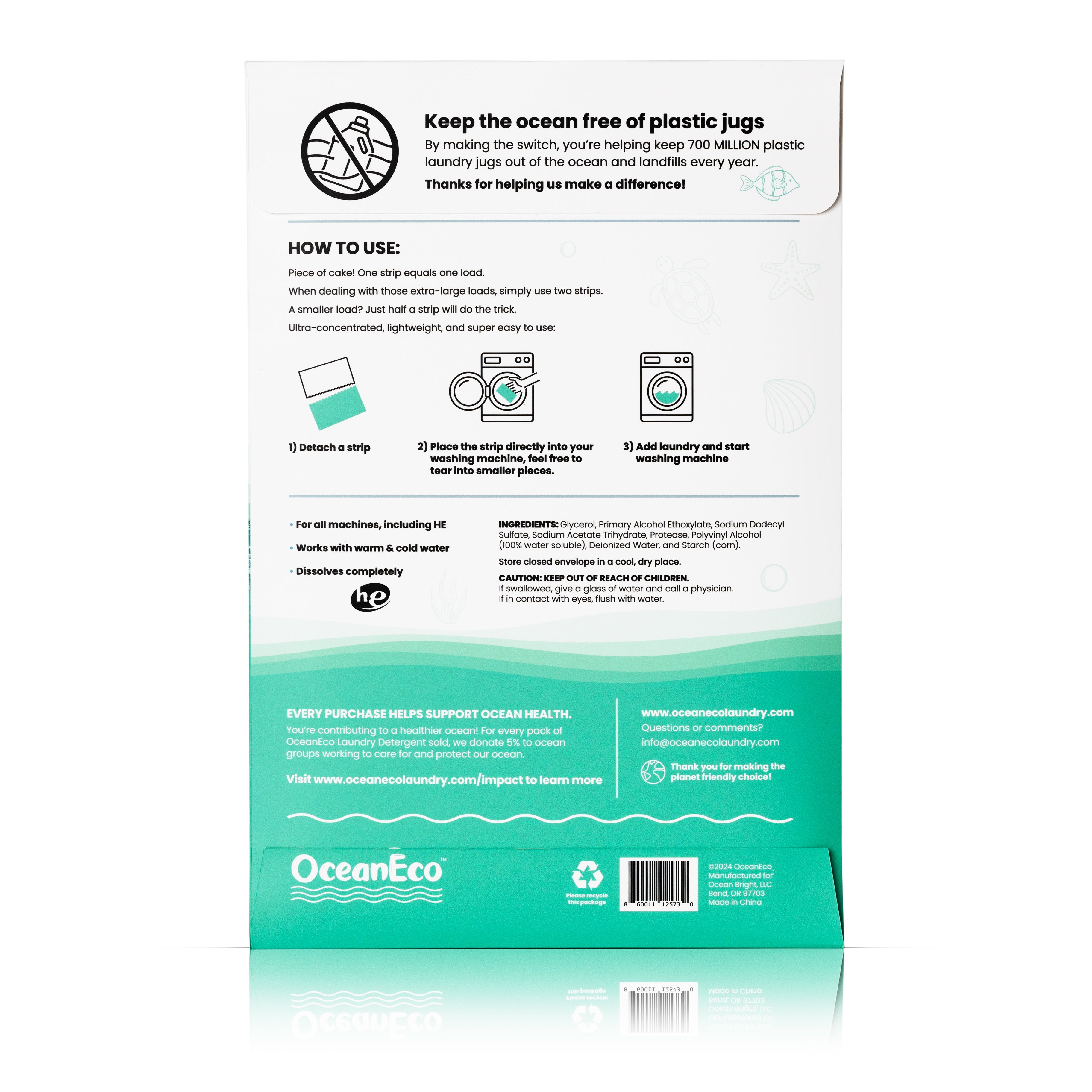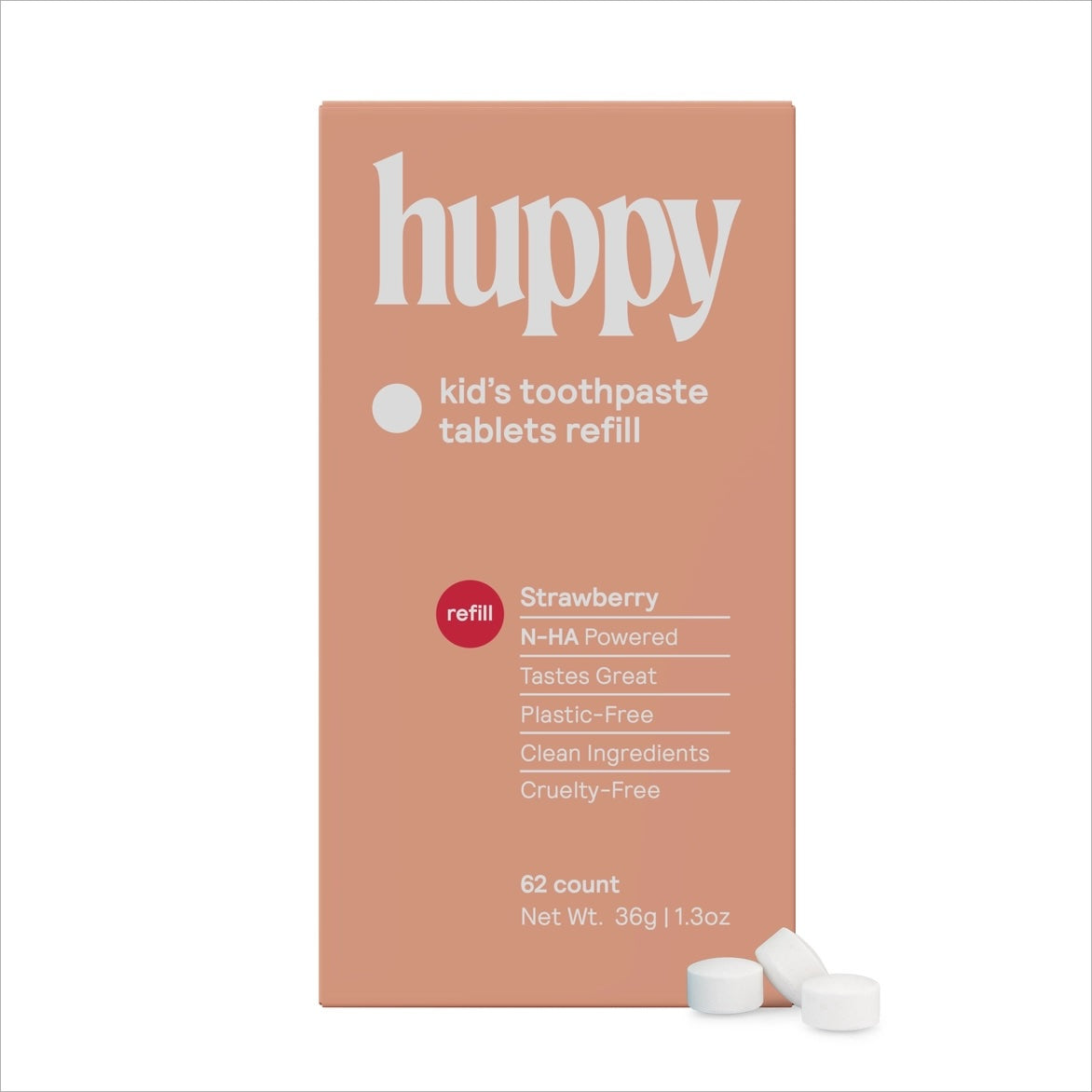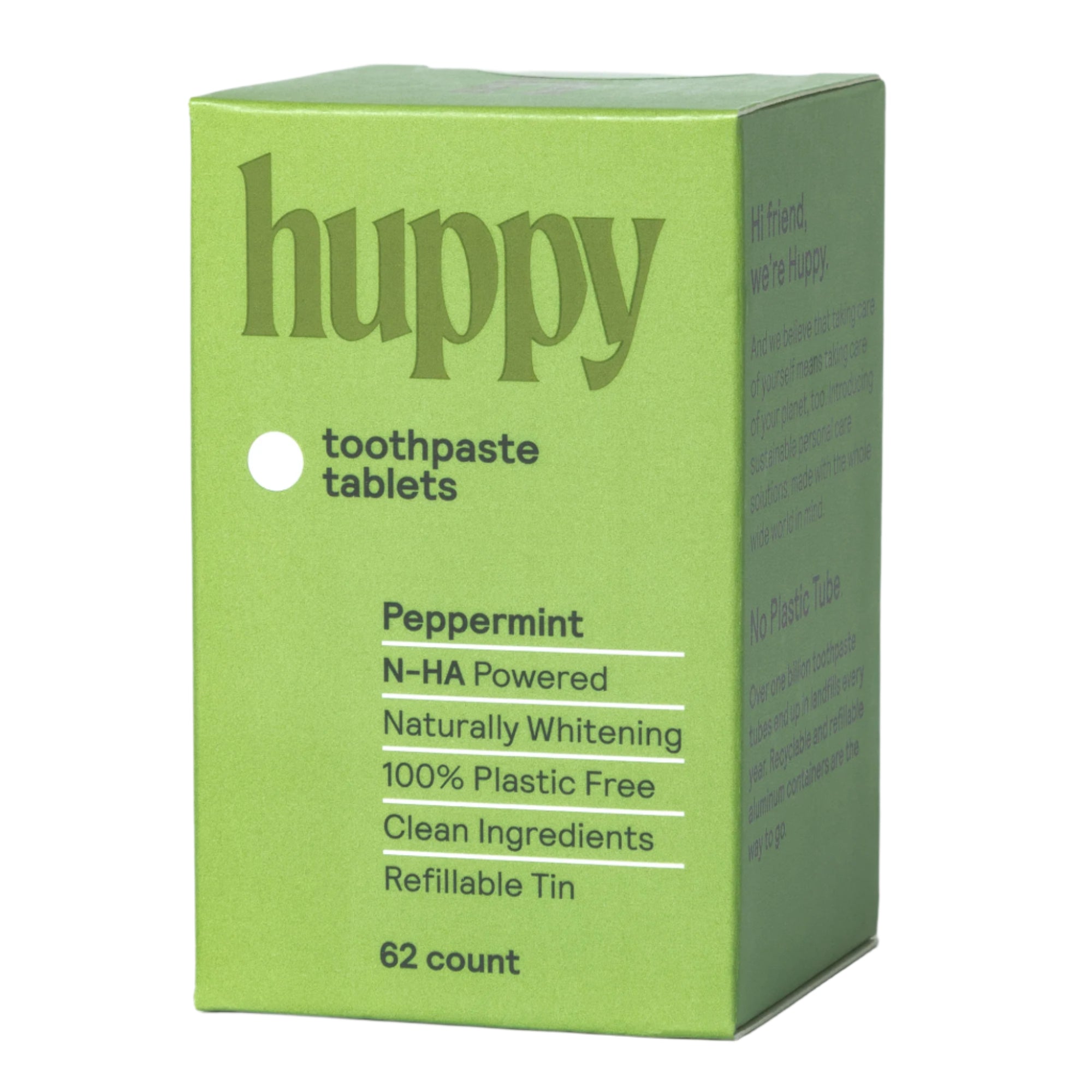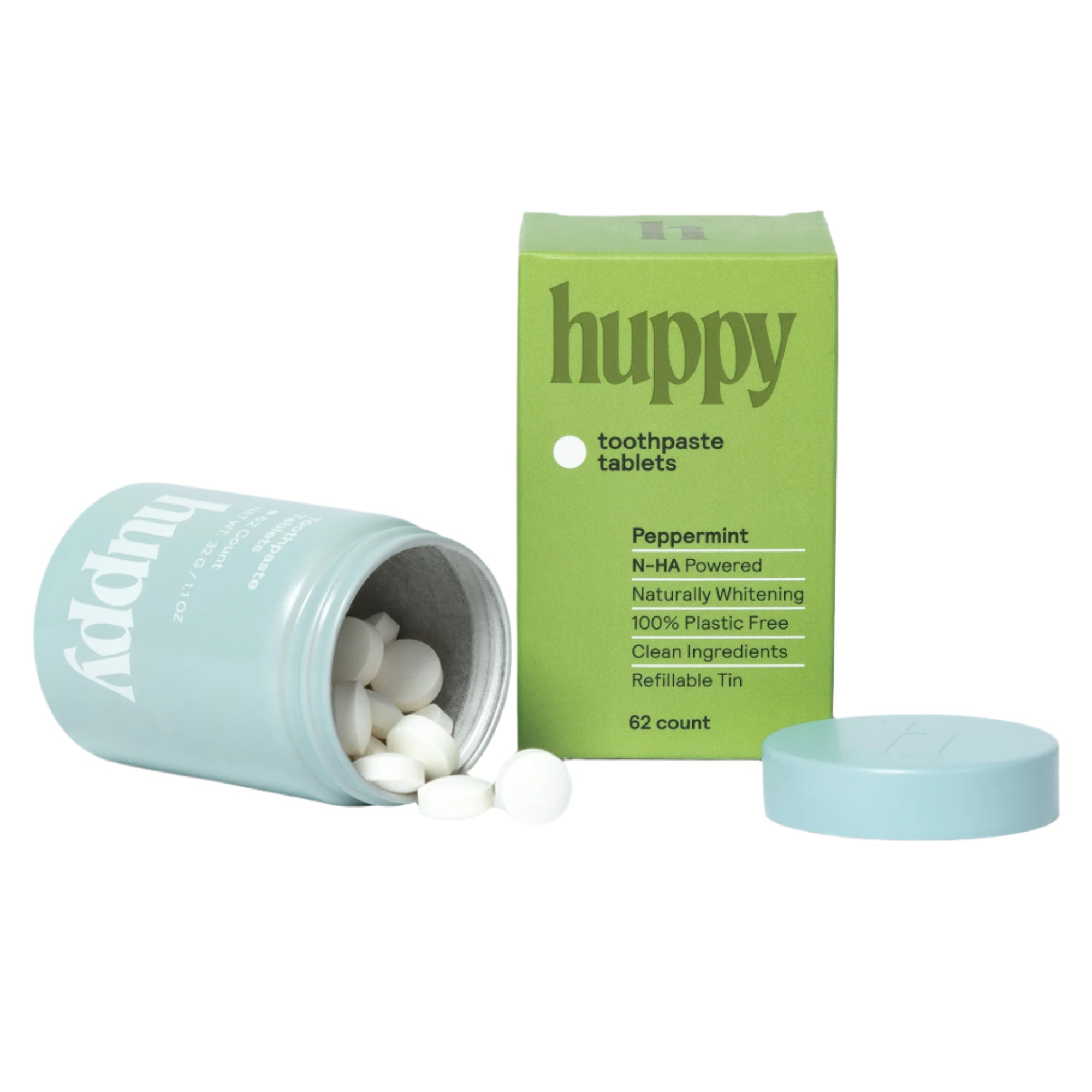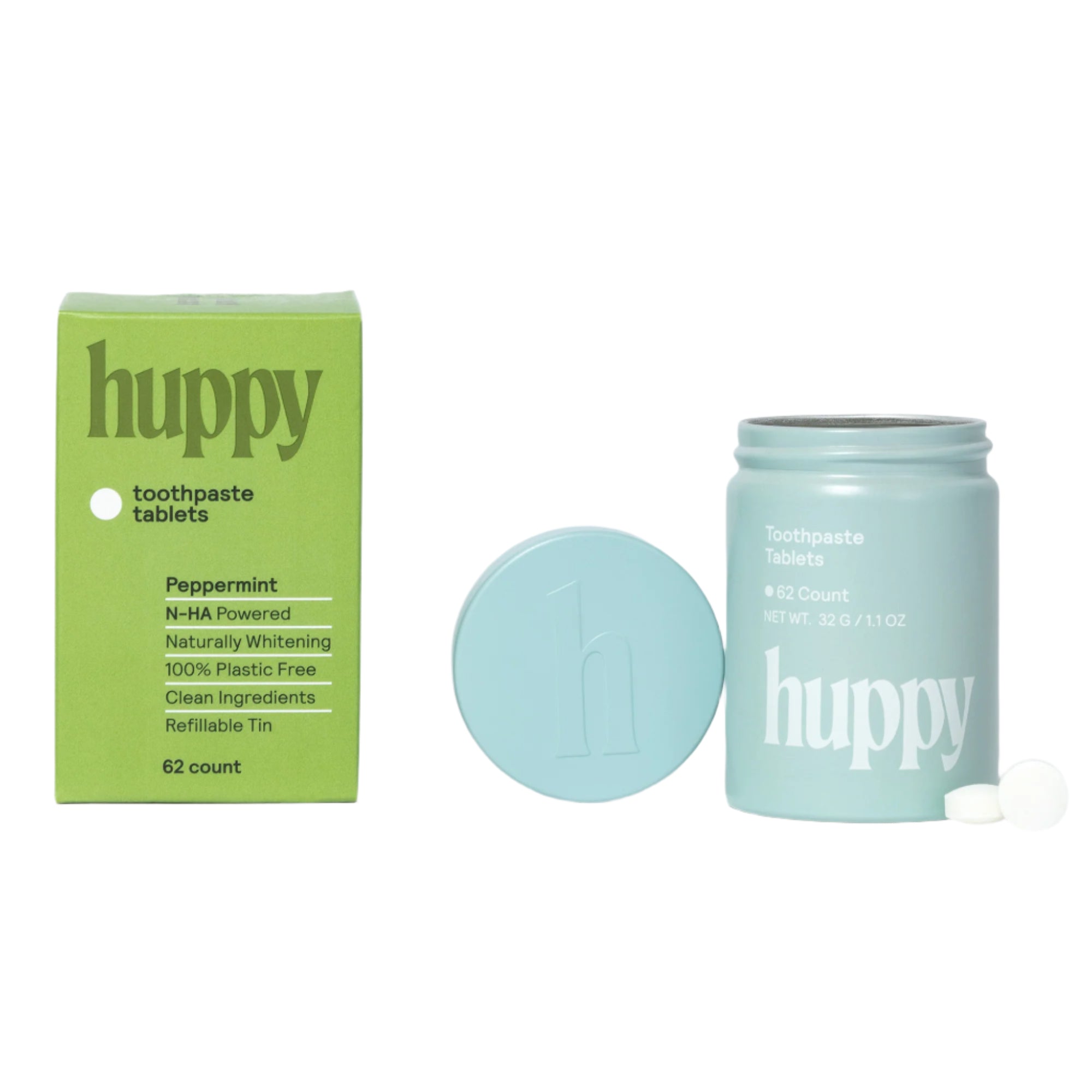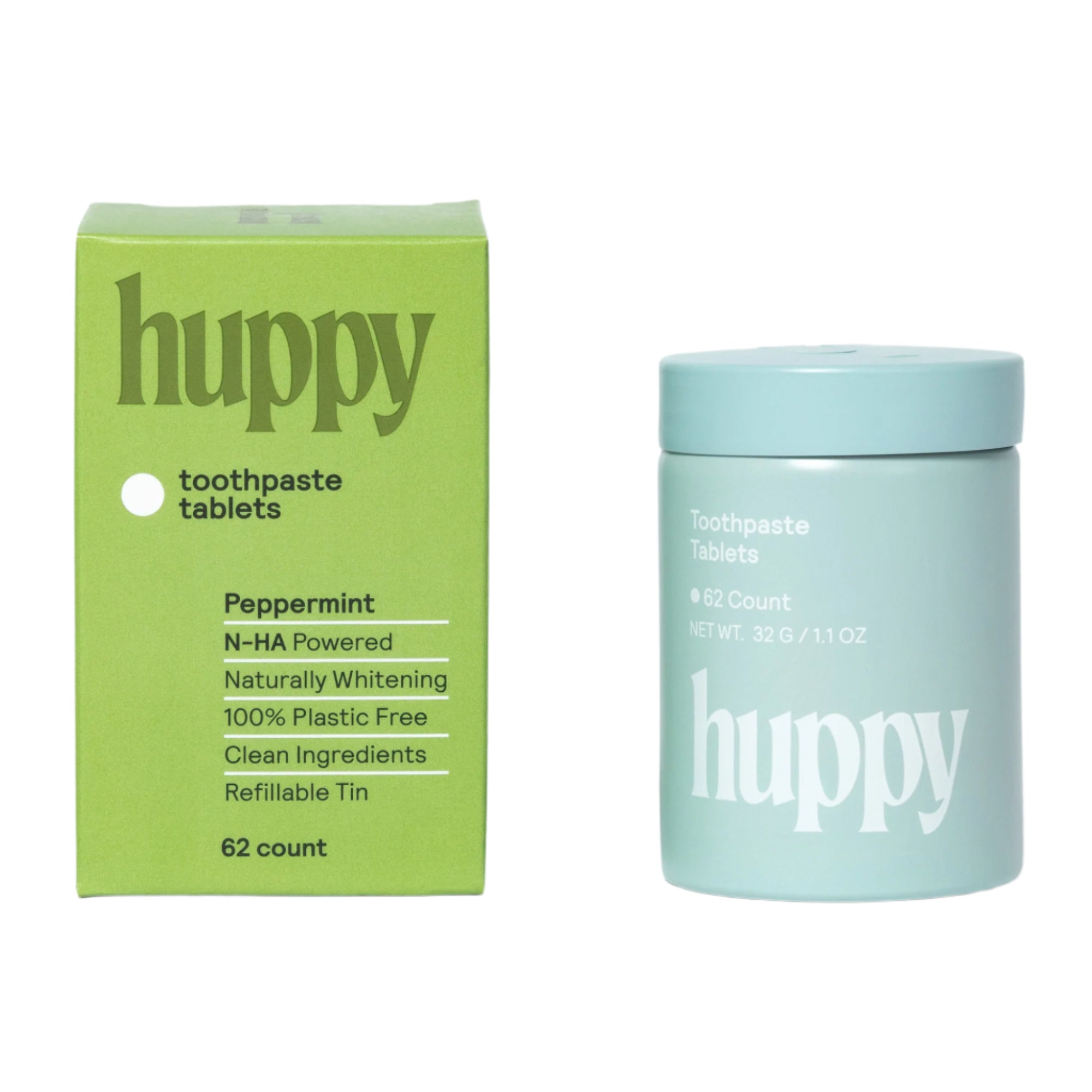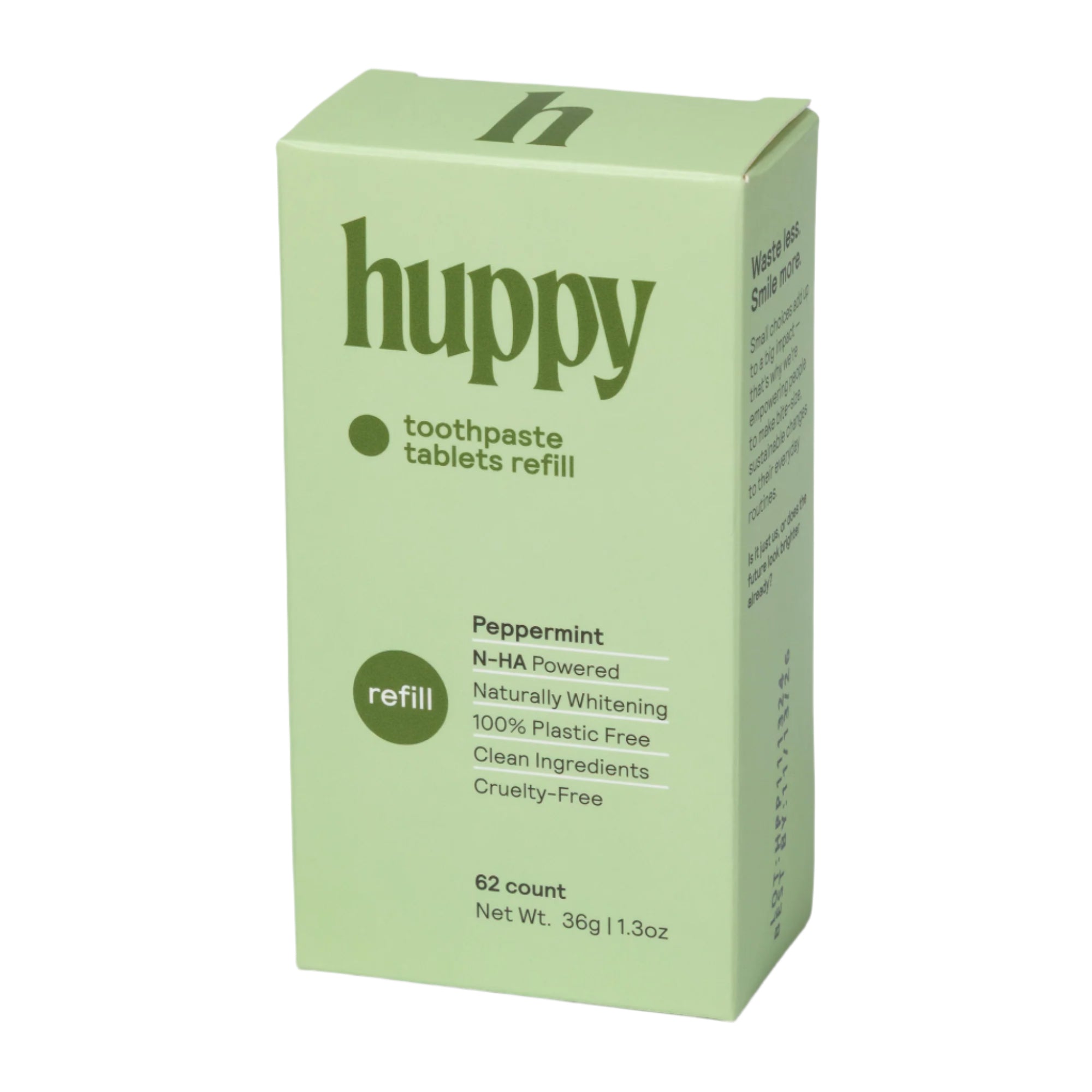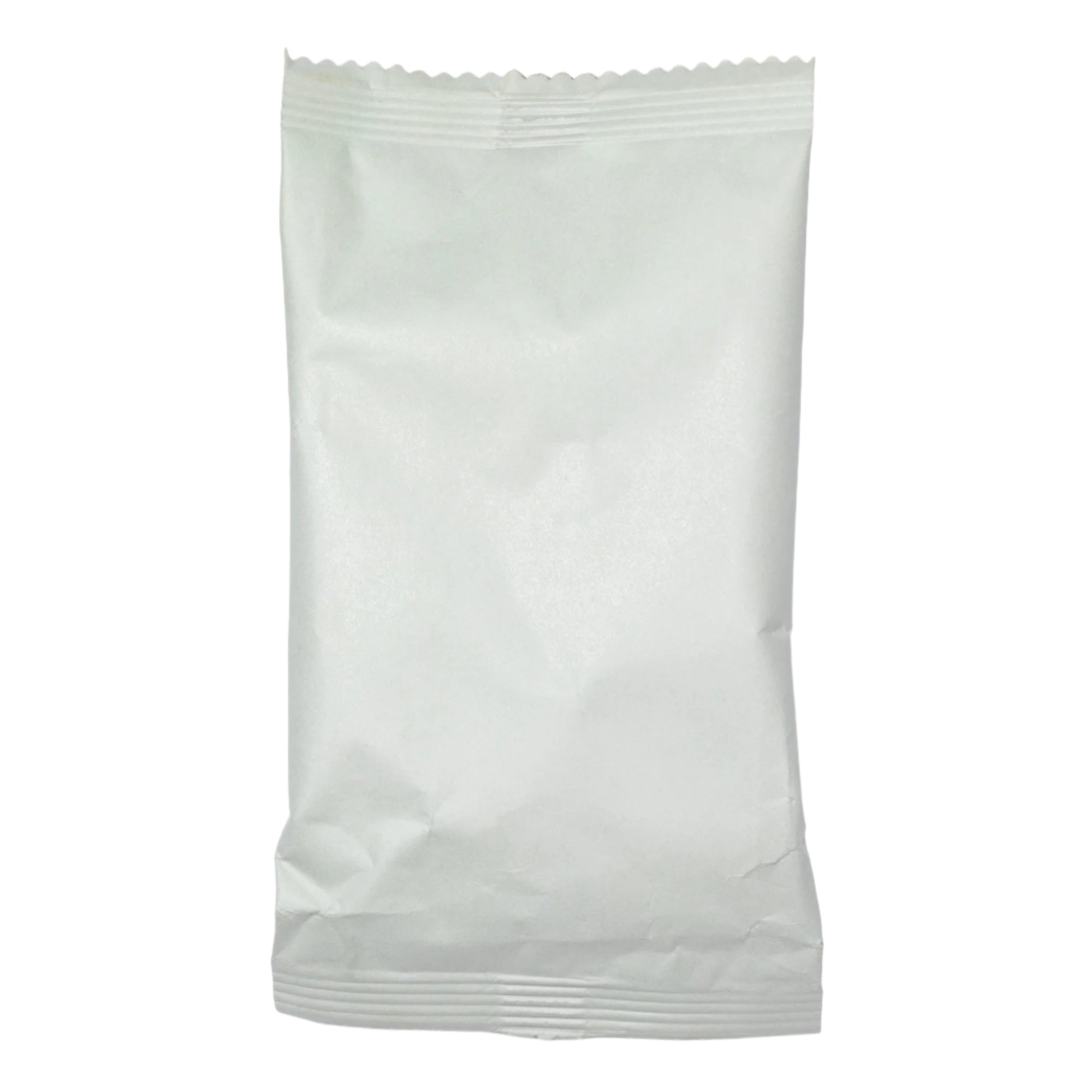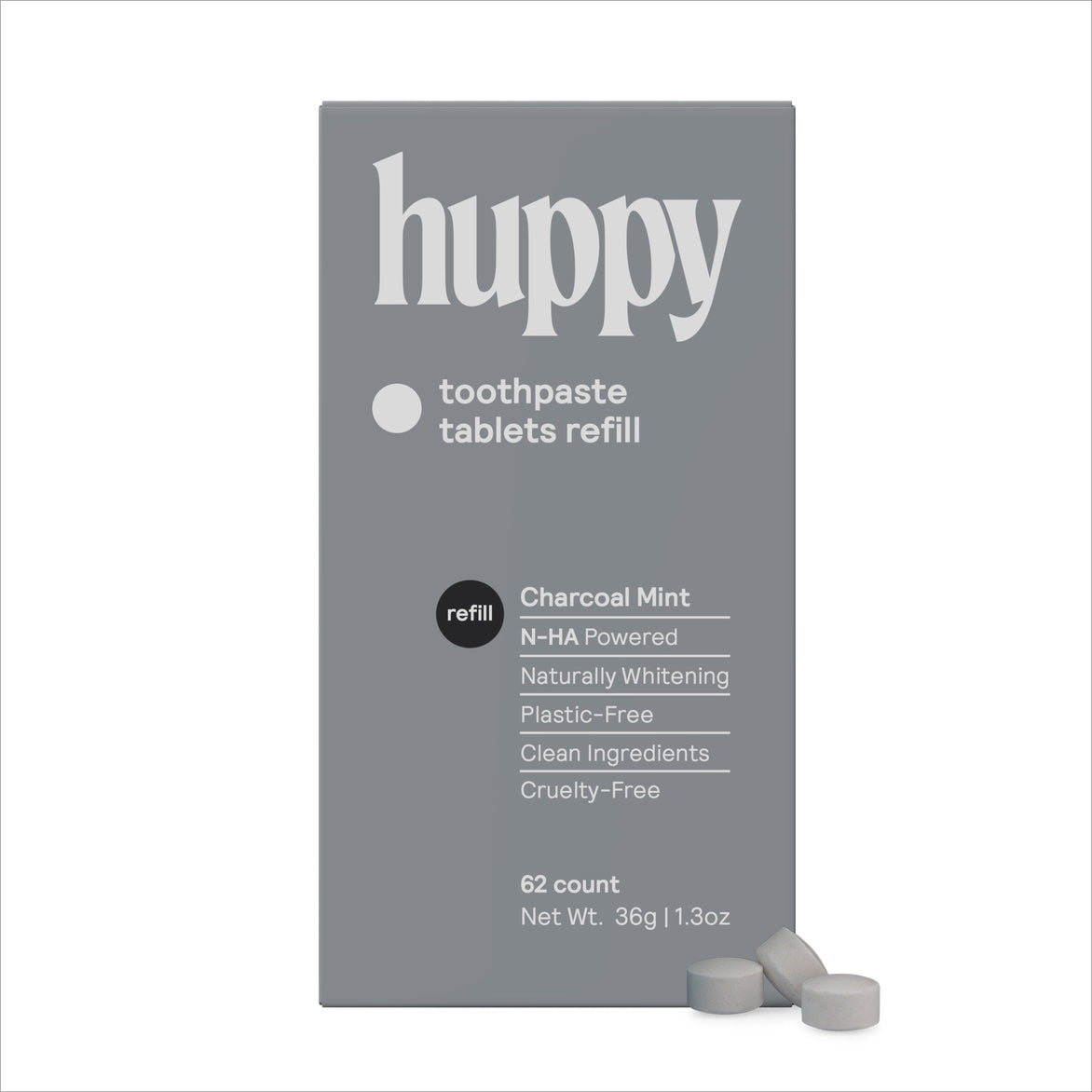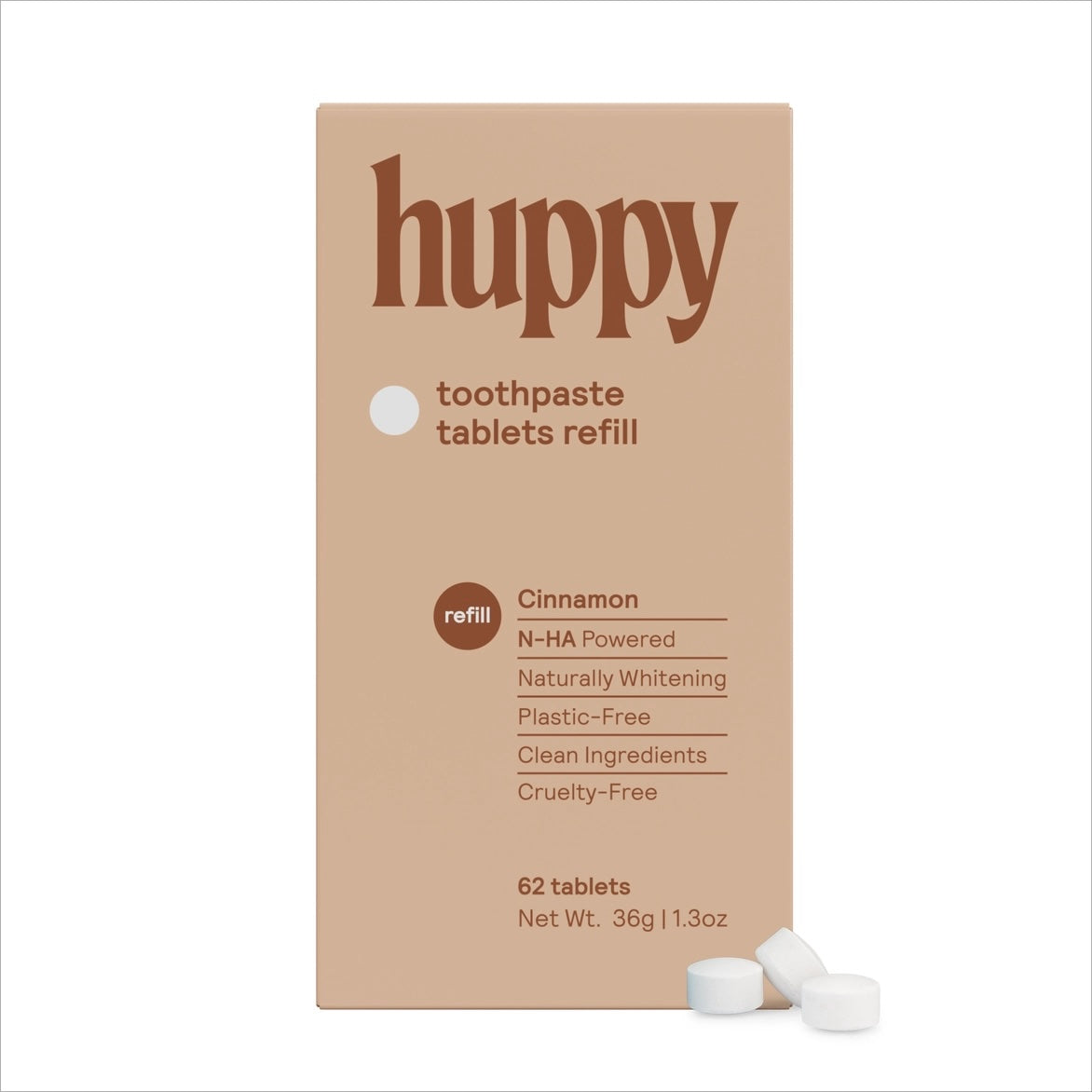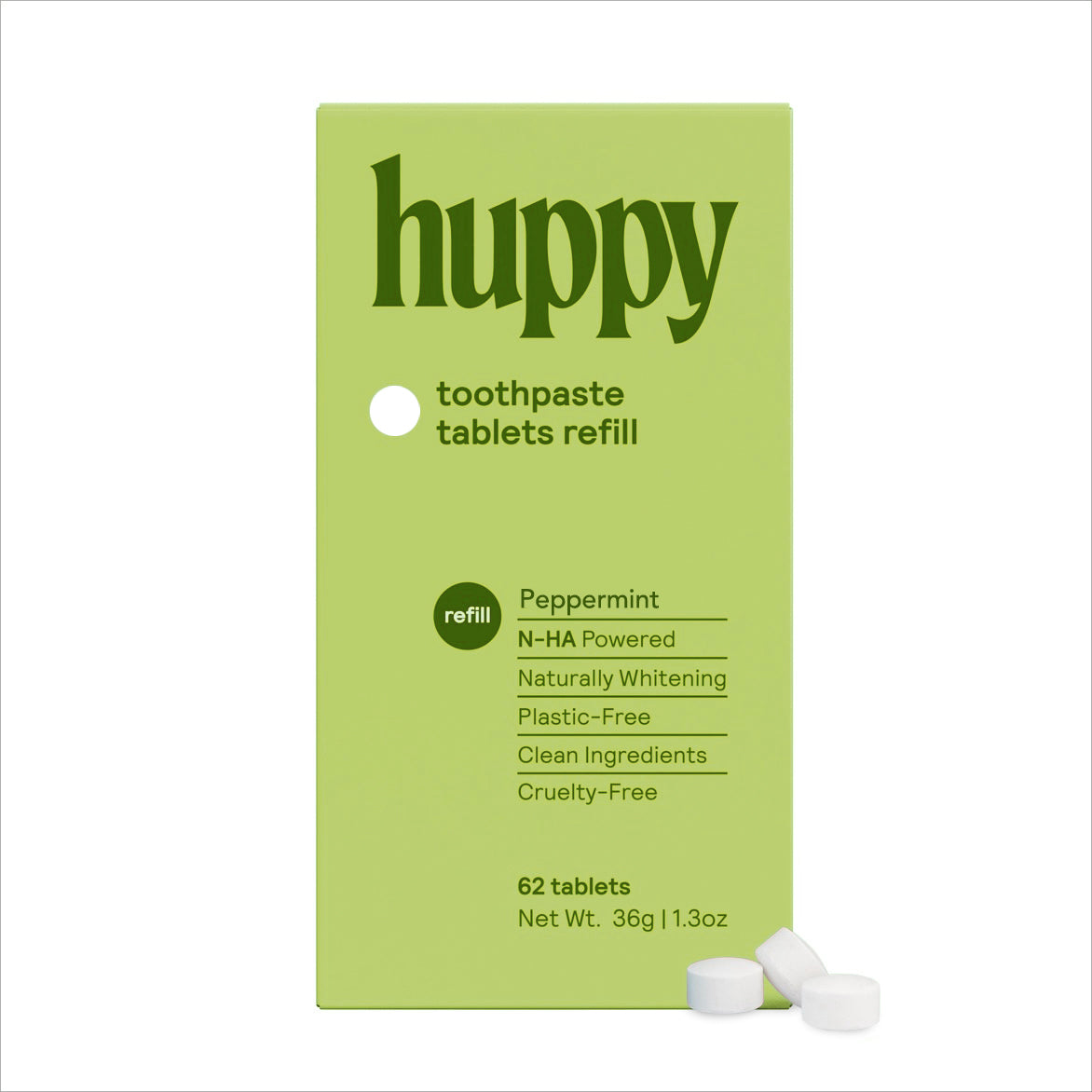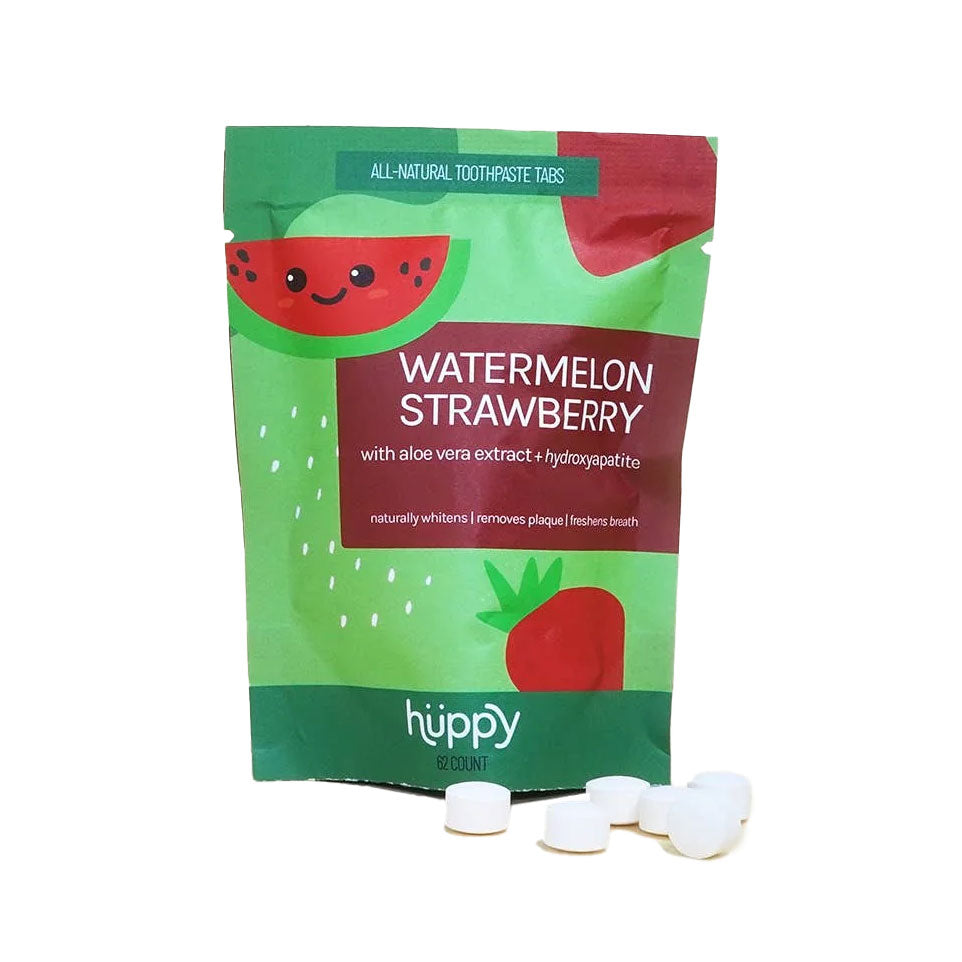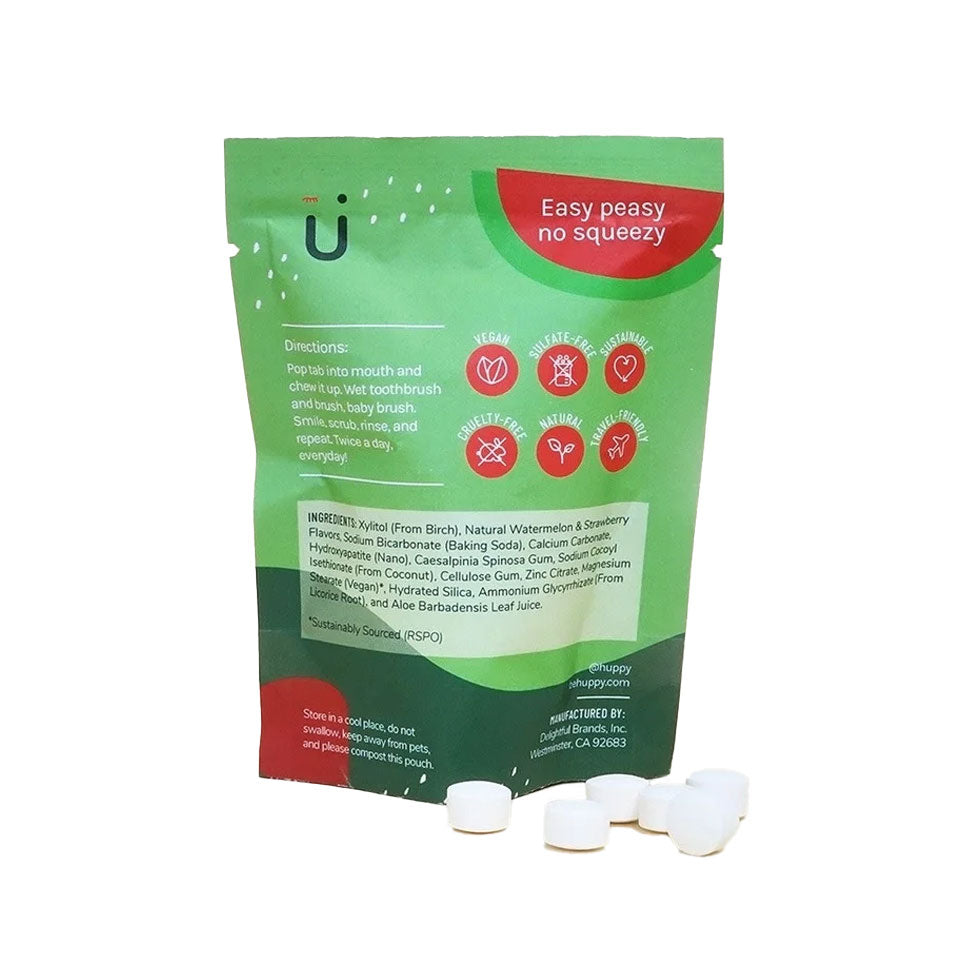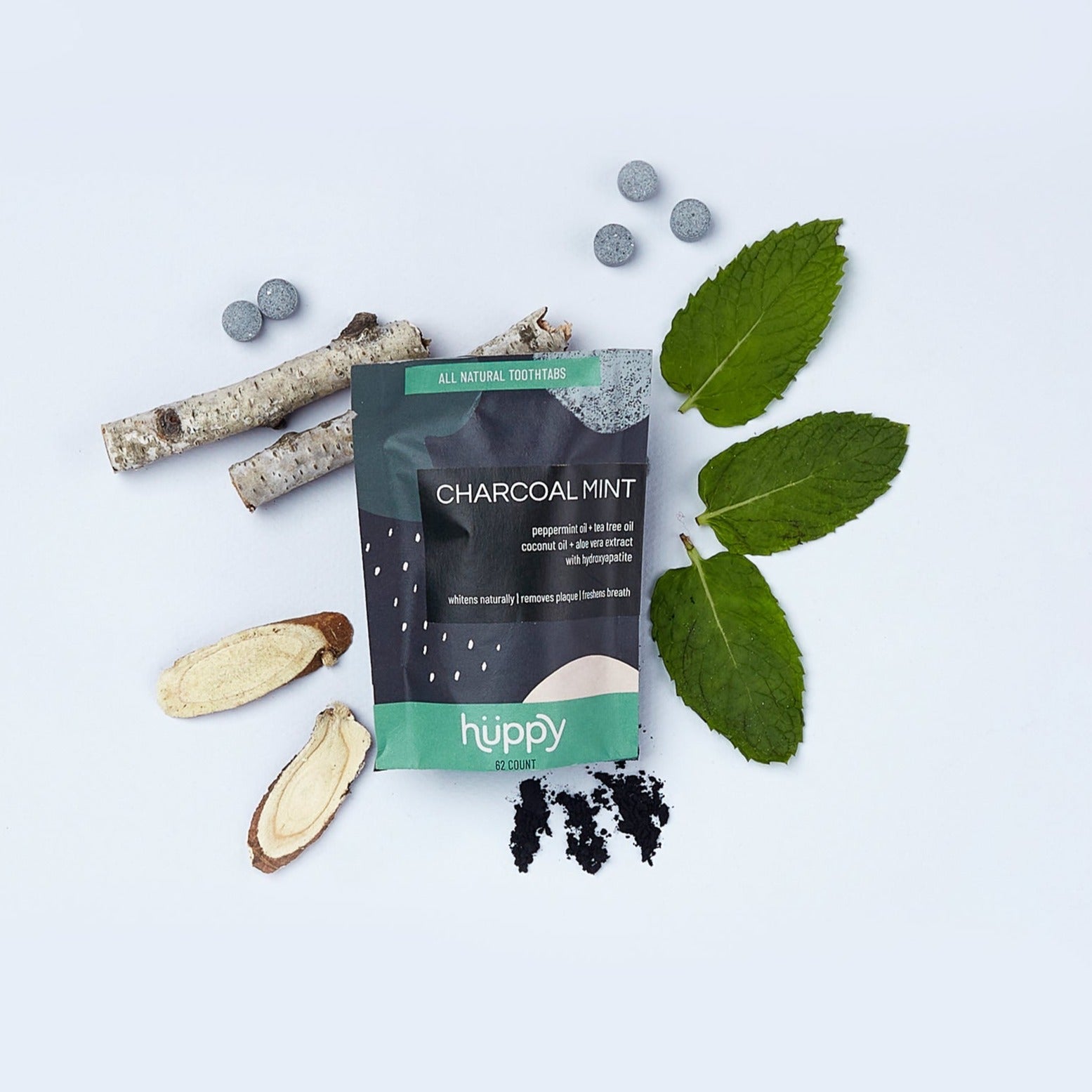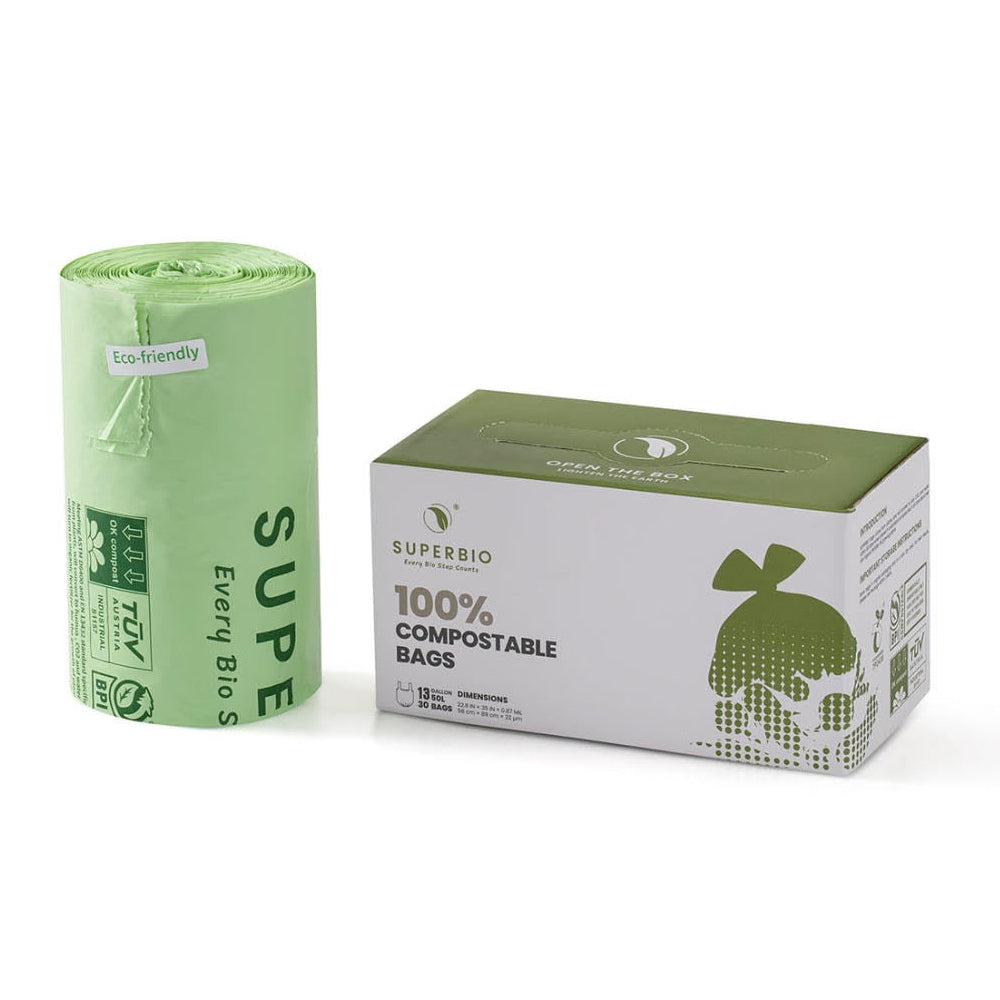Whale Sharks in Indonesia’s Marine Paradise Bear The Scars Of A Tragic Past
The Bird’s Head Seascape in Indonesia is one of the world’s richest marine ecosystems. It shelters coral reefs, migratory species, and the world’s largest fish—the whale shark. But new research reveals a grim truth. Nearly 80% of the whale sharks observed in this tourism hotspot show scars caused by human activity, including collisions with boats and traditional fishing platforms called bagans, according to Gizmodo.

Nearly 80% of whale sharks in West Papua have human-caused scars.
The Gentle Giants at Risk
Whale sharks, listed as endangered on the IUCN Red List, can grow up to 40 feet long and weigh more than 18 tons. Despite their size, they feed mainly on plankton and pose no threat to humans. Yet their survival is in danger. Populations have fallen by more than half in the last 75 years, with declines up to 63% in the Indo-Pacific, notes Marine Insight. Recovery is slow because the species takes three decades to reach maturity.

Most injuries come from boat strikes and traditional fishing platforms called bagans.
Decade of Data
Scientists tracked whale sharks across Cenderawasih Bay, Raja Ampat, Fakfak, and Kaimana between 2010 and 2023. Using photos from researchers and citizen scientists, they identified 268 individual sharks. Over 200 bore scars, and 80.6% of those wounds were linked to human contact, Phys.org reports. Many were minor abrasions, but some showed evidence of amputations or blunt trauma.
Nearly all sightings occurred near bagans, floating platforms where fishermen use nets and lights to attract baitfish. Whale sharks often feed from these nets, scraping their bodies against sharp structures or colliding with boats in the process.

Minor abrasions were most common, but severe wounds were also recorded.
Juveniles Drawn to Danger
Most of the observed sharks were juvenile males, ranging from four to five meters long. Around 90% were young males, while females and mature adults were largely absent. Satellite data shows females prefer deep ocean environments, where they feed in canyons and seamounts. This suggests the Bird’s Head Seascape serves as a nursery habitat, critical for the survival of the species, according to Mirage News.

Population declines have reached 63% in the Indo-Pacific.
Tourism and Conservation at a Crossroads
Whale shark tourism is a vital source of income for local communities, with sightings in Papua drawing divers and snorkelers from around the world. Globally, ecotourism centered on whale sharks generates millions of dollars, Travel and Tour World reports. But with increasing tourist traffic, the risk of harm grows.
Researchers stress that this damage is not inevitable. Regulations requiring modifications to fishing platforms, such as removing sharp edges, could significantly reduce injuries. Enforcing boat speed limits, restricting traffic in key feeding areas, and educating visitors on responsible diving are also key steps.
A Narrow Window of Action
The Bird’s Head Seascape is both a sanctuary and a danger zone for whale sharks. Without swift action, these scars will only multiply. The researchers argue that protecting whale sharks is not only an ecological duty but also an economic necessity. Healthy populations mean sustainable tourism. Scarred and declining populations mean both the sharks and the communities that depend on them lose.





























































































































































































